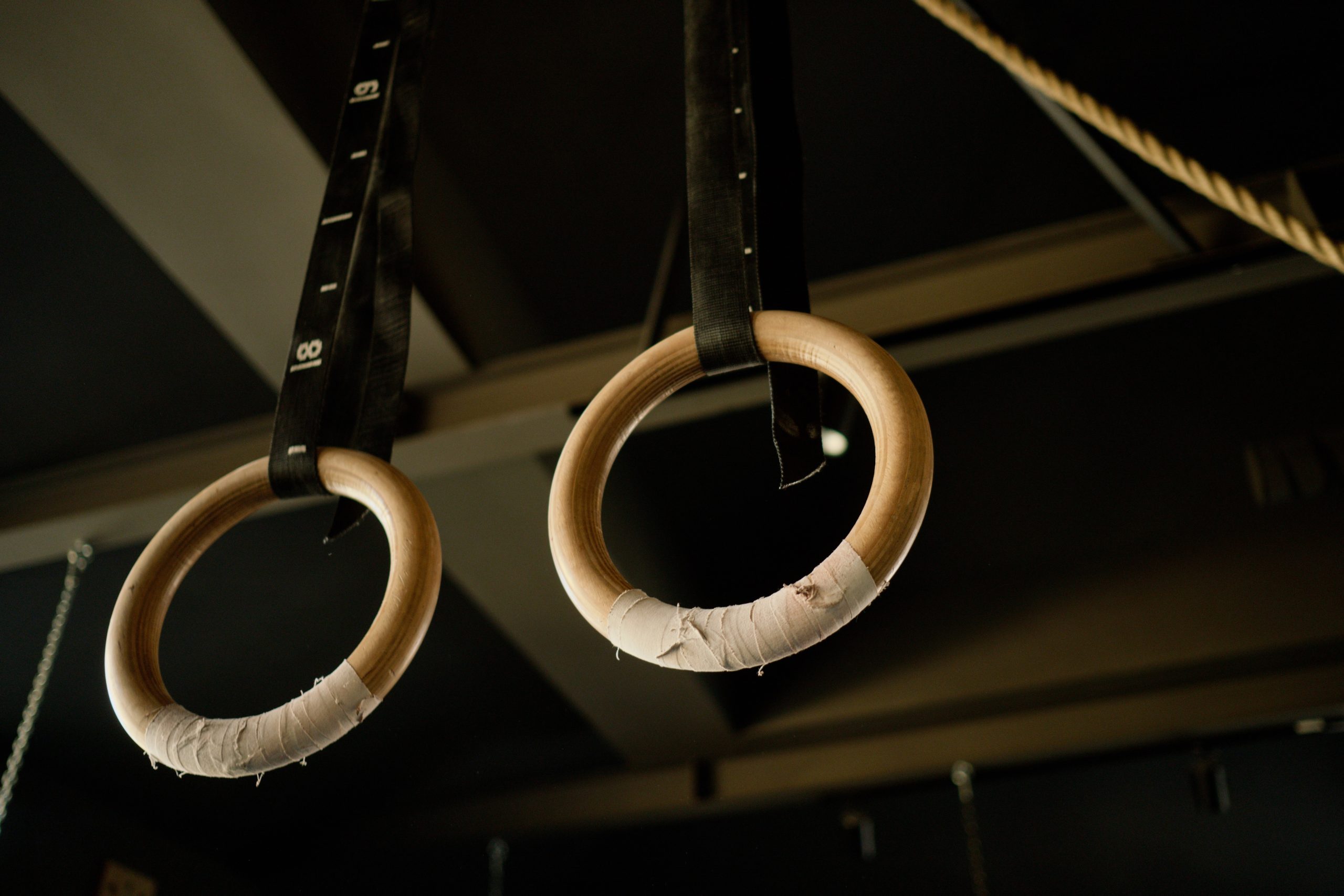When we are trying to get in shape, we do things in an attempt to elicit a physiological response from our body.
At some point, many people have taken a shortcut in their thinking to believe that “any form of exercise = fitness = look good”. Unfortunately, this quick and dirty definition lacks any specificity to make it useful. Yes, moving is generally good for you, you should try to go outside and not sit in a chair all day. But if you want to make noticeable changes in your body and get a return on your effort, you need to be a bit smarter than jumping on the treadmill for an hour a day.
Firstly, any form of aerobic exercise that is done to get the heart pumping, is not necessary from the standpoint of improving your body composition. You can easily just out-eat any calories burned by this sort of work, leaving you back at square one.
So what sort of exercise is necessary for tangible improvement?
Strength training.
This is the one thing that cannot be avoided if you want to improve your body composition (i.e., muscle/fat ratio, i.e., how you look), your strength and your mobility. It is irreplaceable.
But it also doesn’t take as much work as you might think.
If strength training is all that matters in terms of exercise, all that matters in terms of strength training is continuous improvements in strength. Get stronger, and you guarantee increases in muscle mass along with the strength itself. That is the one specific outcome we are trying to achieve. So if you are looking for the minimal effective dose, all you have to do is ensure that each time you train, your strength is slightly greater than it was the time before. If it is, then you are progressing. And that—as it is the only reason you are training in the first place—equals success.
People have seriously overcomplicated this process to the point that many think it is necessary to workout 3+ times per week and use 50 different exercises or it is not worth your time. It may be in the interests of gyms and personal trainers for you to think you need lots of sessions per week and an even greater number of convoluted exercise machines in order to build a great body. But as I said, you’ve just got to get stronger. That process is not complicated.
There are five key planes of motion you ideally need to get strong in: horizontal pushing, horizontal pulling, vertical pushing, vertical pulling and squatting. That covers all your bases. No, you do not need to work the triceps, biceps, quads, pecs or anything else in isolation to grow them. The body grows and adapts long-term based on strength demands. If you build up serious strength in those movement patterns, your body will reflect that strength in terms of muscle mass (everywhere).
So, here is my prescription: choose an exercise for each of these planes of motion. Train each of those movements once a week. Divide them up how you like, into a single day or several (I currently split them into two workouts per week). Train them hard, testing your strength by working at its absolute limits. Then stop, rest and recover. Do nothing until the next session. Sleep, eat, go about your life. When you come back to the same movements the following week, push them again. Test them at their max. If you’ve done it right, you should notice a slight improvement in your ability. If this is the case, you know what you are doing is, at least for now, working.
If you can make progress in strength like this, you need do nothing else with your training. This is how I train, it is how my students train, and it is how I have enjoyed the best gains I’ve ever made in my life.
The key thing to remember is this:
As long as your strength is improving, your training is working.
Don’t complicate it further than that.
Summary
Training protocol for a strong, attractive body: Maximum intensity strength work, once per week per movement.
Metric of success: Improvements in strength workout-to-workout.
To learn how to nail training most effectively to elicit maximum progress, click here.
